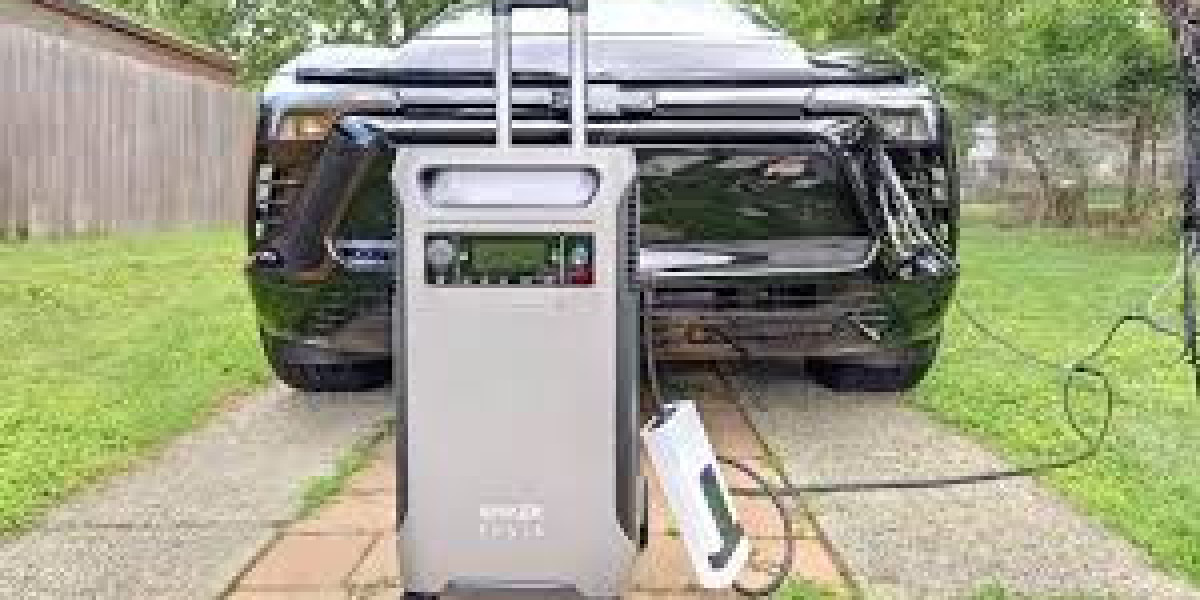As the United Kingdom accelerates toward a greener, more sustainable future, electric vehicles (EVs) have emerged as a key component of the national transition. With the government aiming to end the sale of new petrol and diesel cars by 2035, the demand for EV infrastructure — particularly car chargers — is growing rapidly. In this article, we explore the current landscape of car charging in the UK, covering types of chargers, installation options, government incentives, and future prospects.
The Rise of Electric Vehicles in the UK
The UK's shift toward electric mobility is evident in the increasing number of electric vehicles on the road. According to the Society of Motor Manufacturers and Traders (SMMT), EV registrations have surged year-on-year, with battery electric vehicles (BEVs) making up a significant portion of new car sales.
This growth has made car charging facilities an essential part of the country’s infrastructure. Whether it’s charging at home, work, or in public, access to reliable and efficient charging solutions is key to the continued adoption of EVs.
Types of Car Chargers
In the UK, car chargers are generally categorised into three main types based on their power output and speed:
Slow Chargers (Up to 3kW)
Typically used for overnight home charging.
Takes 6–12 hours to fully charge a typical EV.
Commonly plugged into a standard three-pin socket or a dedicated wall-mounted charger.
Fast Chargers (7kW to 22kW)
Most popular for home and workplace charging.
Can fully charge a car in 3–6 hours.
Requires a dedicated circuit and installation by a qualified electrician.
Rapid and Ultra-Rapid Chargers (43kW and above)
Primarily found at motorway service stations and public charging hubs.
Can charge a compatible EV to 80% in 20–40 minutes.
Use DC charging technology, suitable for long-distance travel needs.
Home Charging: The Most Convenient Option
For most EV owners, home charging is the most practical and cost-effective method. Installing a dedicated home charger (typically 7kW) allows for overnight charging at cheaper off-peak electricity rates. Many modern chargers are “smart,” meaning they can be programmed to charge during specific times, monitor energy use, and even integrate with solar panels.
Installation usually requires a qualified electrician and takes a few hours. Costs vary but typically range between £800 and £1,200, depending on the brand, charger type, and complexity of the installation.
Workplace and Public Charging Infrastructure
Many UK employers are now installing EV charge points at their premises to support staff, customers, and fleet vehicles. This not only enhances convenience but also reflects a commitment to sustainability.
Public charging infrastructure is expanding rapidly. The UK now has over 55,000 public charging connectors, with providers such as bp pulse, Pod Point, InstaVolt, Gridserve, and Tesla Supercharger dominating the landscape. Apps like Zap-Map and PlugShare help drivers locate available chargers, compare prices, and even reserve charging points in advance.
However, regional disparities remain, with London and the South East having the highest density of chargers compared to more rural areas. Addressing this gap is a key challenge for policymakers.
Government Grants and Incentives
To encourage EV adoption, the UK government has implemented several schemes:
EV Chargepoint Grant (formerly OLEV Grant): Offers up to £350 off the cost of a home charger for eligible households, particularly those living in rented or leasehold properties.
Workplace Charging Scheme (WCS): Provides businesses with financial support to install EV chargers at their sites, covering up to 75% of installation costs.
On-street Residential Chargepoint Scheme (ORCS): Supports local councils in setting up residential chargepoints in areas without off-street parking.
While some grants have recently been scaled back, the focus remains on supporting targeted demographics and encouraging commercial uptake.
Challenges and Future Developments
Despite rapid progress, the UK's charging infrastructure faces several challenges:
Grid capacity concerns due to increased demand.
Installation bottlenecks in densely populated urban areas.
Inconsistent pricing models across public chargers.
Accessibility issues for people without driveways or private parking.
To combat these challenges, the government is investing over £1 billion into charging infrastructure through initiatives like the Rapid Charging Fund, which aims to install at least 6,000 high-powered chargers across England’s motorways and major A-roads by 2035.
Private sector investment is also booming, with new charging networks emerging and legacy energy companies entering the EV space.
Conclusion
Car chargers are the lifeblood of the UK’s electric vehicle revolution. With increasing government support, technological advancement, and rising consumer demand, the infrastructure is evolving to meet the needs of a more sustainable transport system. Whether you're a homeowner looking to install a home charger or a business planning for fleet electrification, now is the time to invest in the future of mobility.
As the UK edges closer to its 2035 target, a robust and accessible car charging network will be essential — not just for EV drivers, but for the entire nation’s environmental and economic goals.








